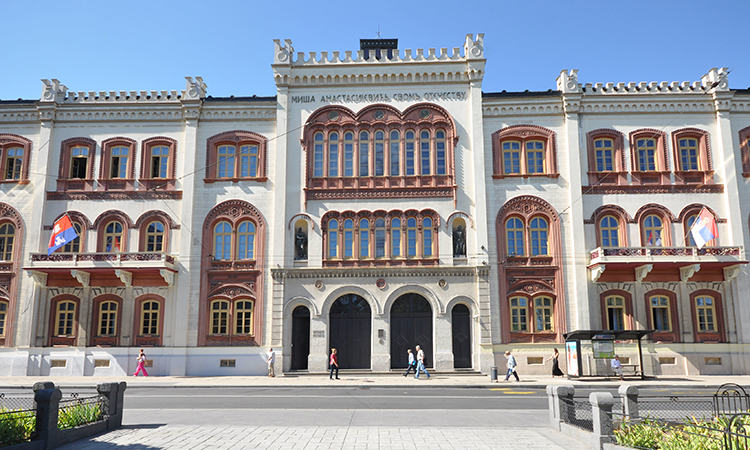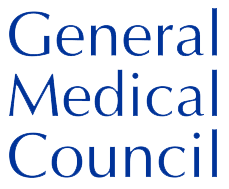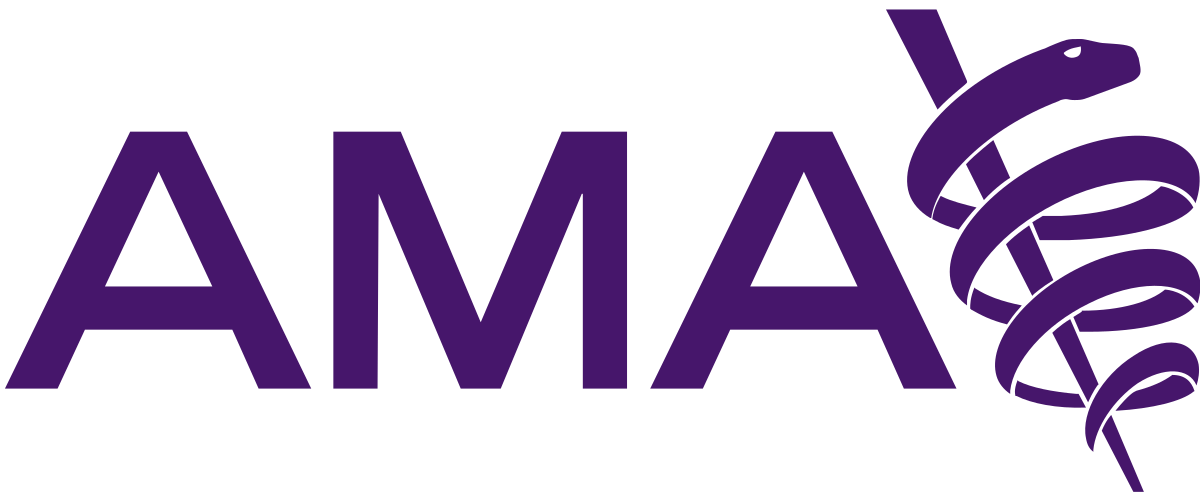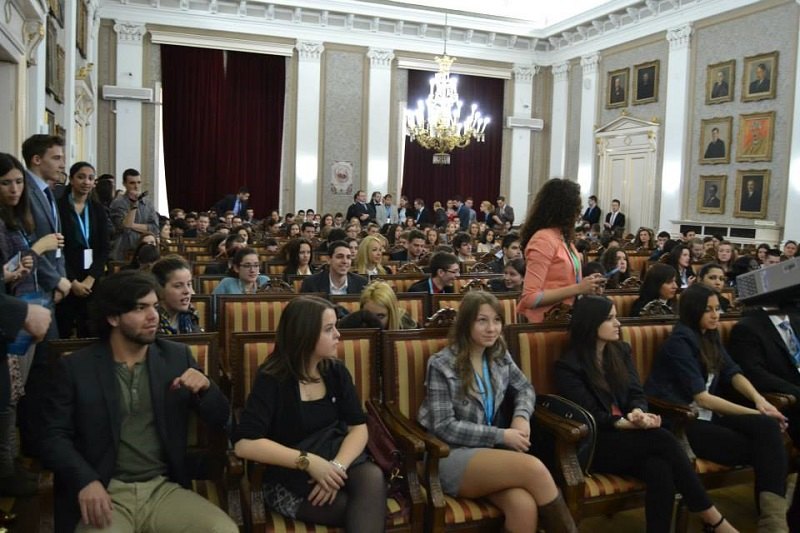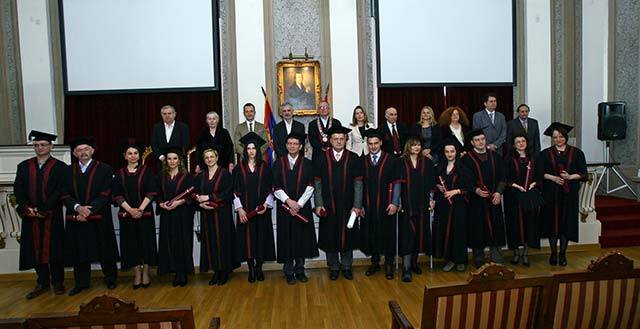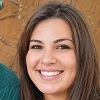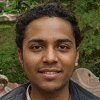Belgrade is Serbia's capital and largest city, with a population of around 1.7 million. The city currently has a broad, multicultural population and mixes classic architecture's grandeur with a thriving modern culture that includes retail establishments, theatre, nightclubs, and an international cuisine and music scene.
Belgrade is an affordable city to live in, especially in comparison to other European capitals. In the city, rent, food, clothing, gyms, museums, and movies are all extremely affordable.
A 1-bedroom apartment in Belgrade costs around £250 monthly. Utilities, food, and entertainment can cost an additional £200 on average, according to British students there. You will roughly need a monthly budget of £450 - £500.
In terms of student safety, Serbia is peaceful and welcoming and ranks highly on the Global Peace Index. There are international students from different backgrounds there, and there are no recent reports about incidents involving their community.

